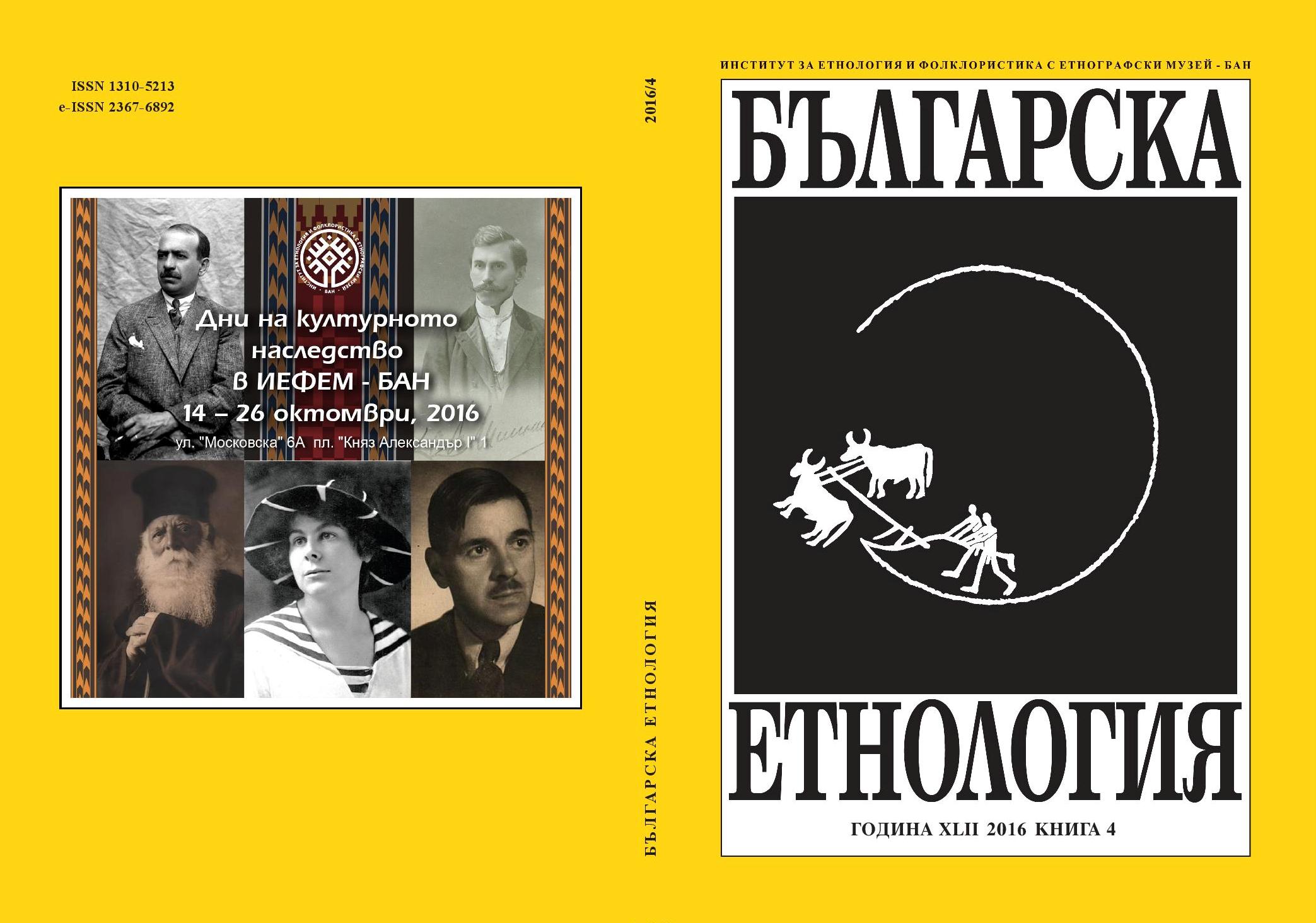
We kindly inform you that, as long as the subject affiliation of our 300.000+ articles is in progress, you might get unsufficient or no results on your third level or second level search. In this case, please broaden your search criteria.

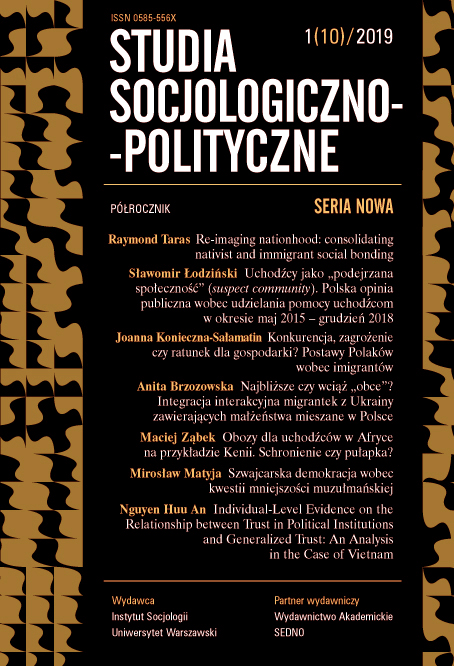
This article presents the situation that prevails in „temporary” sanctuaries known as humanitarian zones, or colloquially speaking – refugee camps managed by UNHCR in sub-Saharan Africa on the example of Kenya. The invention of refugee camps as a kind of modern refugia is increasingly being criticized in the world. „Protection” and „aid” provided there consist in controlling and keeping their residents alive without giving them the opportunity to live independently. This system is quite convenient for both host countries and the whole so-called humanitarian industry operating according to marketing logic. The system removes the burden of dealing directly with refugees from host countries and the humanitarian industry hasa kind of market of suffering and excluded refuges which legitimize its existence. It justifies the question whether the camps really provide security and help that they promise? Refugees get voluntarily to the refugee camps, but why in that case do they have a sense of imprisonment when they are there? Why the international refugee protection system that promised sustainable solutions can not solve their problems? Why do refugees in the camps often feel that they are in a trap, from which it is difficult to escape? In the text I refer critically to the existing ways of providing protection and assistance to refugees. I underline the significant discrepancies between the declarations on the part of humanitarian organizations and results of their actions. I suggest rethinking the humanitarian aid system called the „International Refugee Regime”, entangled in contradictions and helpless in the face of the suffering that he promised to remove.
More...
Mass surveillance programmes and the impact of new information technologies on privacy restriction are among the greatest threats and challenges faced by modern countries. This article aims to present the origins and functional vision of, and some critical remarks on, the Social Credit System (SCS) under development in the People’s Republic of China. The underlying research issue arising from the assumed objective was to respond to the following questions: What is the SCS developed in the People’s Republic of China? What are its origins? How exactly does it function? The following research methods were used to solve the research queries: the monograph method, the document analysis method, the literature analysis and critique method, and the analysis and synthesis methods. In view of the preliminary investigation, the author formulated the following research hypothesis: the SCS should be viewed in a broader sense than merely as a programme aimed at conducting mass supervision of the Chinese society and preventing threats of separatism, terrorism, and social riot (colour revolutions). It is one of the tools to shape a society based on traditional Chinese values and national identity: loyalty, harmony, integrity, and fairness ‒ a disciplined society which, along with a strong and innovative economy, will enable China to attain the status of global power, thus questioning the American “unipolar world order”. Although China is not a democratic country, the system’s success can contribute to implementing similar solutions in other Asian countries. Therefore, it appears justified to conduct studies focused on the SCS.
More...
The paper analyzes the activity of the Israel Defense Forces (IDF) on social media during the escalation of the conflict in the Gaza Strip on May 3-6 and November 12-14, 2019. The goal of the study is to determine how the Israeli army uses social media for the purpose of strategic communication. Based on a case study, the paper answers the following questions: Which themes dominate the IDF's narrative on social media? Who is the main target? How do social media serve the IDF's strategic communication? The theoretical part of the study was based on a review of literature related to strategic communication and public diplomacy. Empirical research was conducted with the use of materials published by official IDF accounts on two social networking sites. Content analysis using open coding included 150 posts published on Twitter and 55 posts on Facebook. Referring to the leading themes and categories selected in this way, the main features of the Israeli narrative on the conflict and target audience were identified, and the role of social media in the IDF's strategic communication was described. The conclusions regarding the IDF's use of social media presented in the article can be seen as a model of effective practices for other countries, as well as a basis for further research on the role of the information dimension in armed conflicts.
More...
The aim of this article is to illustrate how deeply digitisation is entering the process of managing migration in the EU. It raises the question of the stage of development of existing and new tools in this area. Against the background of the processes of digitalisation and strengthening the internal security of the Schengen area, using an analysis of the sources of European Union law, the modernisation of the three main systems used in EU migration policy will be presented: SIS II, VIS, Eurodac and 3 new systems: EES, ETIAS, ECRIS-TCN. Their development has accelerated in the last few years, as the migration crisis of 2015-2016 has highlighted the need to fill the security gaps by integrating these systems. The use of large-scale computer base is therefore a challenge to ensuring security in the EU, but it raises the question of the pace and scale of change and its impact on the protection of personal data.
More...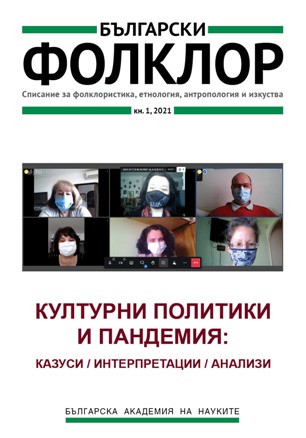
The article dwells on the situation in Europe and in the world in the sphere of cultural heritage and its preservation in the conditions of the COVID-19 pandemic. Attention is focused on the reactions, decisions and actions taken by the European Council/ Council of the European Union, UNESCO and ICOM.
More...
The holiday is an essential element in the ideological regulation of public life; it plays an important role in shaping and stabilizing the group celebrating it, in all cases by actualizing the most important unifying values, and very often – by distinguishing examples of exemplary behaviour. The spread of the COVID-19 epidemic at the very beginning of 2020 leads to a number of radical changes in social life. The speed with which processes develop, as well as the search for new forms to continue established practices, leads to experimentation with the possibilities of new technologies, as well as of new conditions – education in an online environment, online shopping, outsourced commercial cash registers for outdoor service, limiting the capacity for public access, reducing programs, etc. Limiting physical access to official celebrations provoked an attempt to compensate for it by broadcasting the festive ceremonies live. However, the transfer of an event to an online environment places local communities in the passive role of spectators of a performance, without the opportunity of participation, and the social function of the celebration is reduced to the possibilities of the social network to communicate through texts and chat with other representatives of the community who observe the broadcast. These restrictions seem to compromise the very idea of a celebration and make visible the fact that its fundamental feature is the possibility of physical presence and participation of citizens.
More...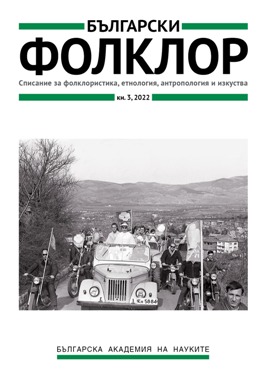
The article analyzes the local holiday “Kyustendil Spring Day”, invented in the late 1960s, in the context of the socialist festivity policies by examining the ideological content inscribed in its semantics, symbols and rituals. The overarching research questions refer to the instrumentalization of the holiday by the socialist authorities and its functions in the local festive calendar. The analysis rests upon archival material, articles in the local press, photographs, and discussions and comments in the social media networks, as well as upon a limited number of interviews conducted by the author.
More...
The German population living in the Eastern European territories reached by the Red Army in 1944 was subjected to systematic cleansing. In Bulgaria, this process took place within an institutional framework and generated a substantial dialogue between the Soviet Control Commission, the Bulgarian State, and its German inhabitants. The study of this administrative dialogue reveals movements in the categorical repertoire created on institutional level in order to identify potential foreign enemies. Belonging of the so-called Germans to the national community was assessed through their religious, historical, social, or family affiliations. The heterogeneity of this population grouped from above reveals a strong social reality: the anti-German measures mainly affected individuals from mixed families, legally or ethnically related to the German world. This mixity appears to have been a problematic attribute for the ongoing administrative classification. The specificity of the category of intermarriage and its function multiplied the facets of this population and encompassed through the family institution the existing perceptions of what was an ‘enemy’ or a ‘friend’ of the new order. The classification of undesirable persons from mixed families generated unequal relations with the state, between locals and foreigners, between citizens and non-citizens, but also between women and men. By looking at the diversity of the studied group through the lens of identity representation analysis numerous questions related to the aspects of the complex social reality of the Bulgarian population at the end of World War II arise.
More...
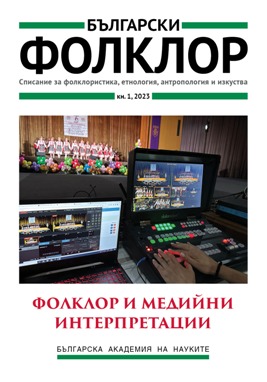
Internet memes are a basic representative of online folklore, which naturally arises and lives as part of virtual communication. Similar to political jokes, some of them comment on, gloss over, criticize and satirize political and social events, making them part of political participation and communication „from bellow“. The purpose of this case study is to use the example of the Slovak online platform Zomri [Die] to show how an amateur entertainment project, which is part of participatory online culture, became part of a societal discussion thanks to social network and popularity. Attention is paid to various actors (site admins, the public, politicians, media), the activities of those actors and the spillovers outside the internet environment. The study combines folkloristic theoretical starting points with approaches from media and pop culture studies. It is based on long-term online research of the platforms, its content, secondary activities and spillovers into other areas of the online and offline environment. It also builds on the analysis of media interviews and discussion with platform admins.
More...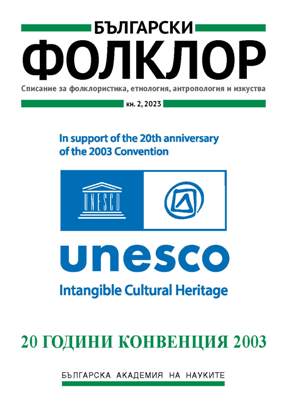

The paper analyses the evolution of the notion of cultural heritage from a comparative perspective and verifies the impact produced by the UNESCO Convention for the Safeguarding of the Intangible Cultural Heritage in 9 countries (Mexico, Brazil, Italy, Jordan, Cyprus, Spain, Burkina Faso, Korea, Japan).
More...
This article examines the process of safeguarding intangible cultural heritage as a factor for sustainable development. It traces and highlights the synergies between intangible cultural heritage and sustainable development. At the same time the author explores the interconnections between the different domains of intangible cultural heritage and the achievement of the Sustainable Development Goals, through the normative documents of the leading international organisations in the field.
More...
As UNESCO’s Convention for the Safeguarding of the Intangible Cultural Heritage turns twenty, the article focuses on its primary aim of safeguarding people’s living cultural traditions, practices, and expressions at the local level. Safeguarding measures are promoted throughout the Convention and related texts, but it is arguably the Register of Good Safeguarding Practices through which actual approaches are presented as being put to the test. The article uses the Register as a launchpad for examining community-based approaches to safeguarding ICH, and distilling “good” considerations for building ethical and equitable collaborations – from the first steps of initiatives to over the long term.
More...
This article reviews two co-existing and mutually conflicting concepts in Bulgaria: the one of folklore and the policies of its conservation in the course of the 20th century, and the one of intangible cultural heritage (ICH) and the efforts for safeguarding it following the adoption, in 2003, of the relevant UNESCO Convention. A comparison is made between the folklore festivals, characteristic of the second half of the 20th century, and the Living Human Treasures Bulgaria National System, created in 2008 as one of the fundamental cultural policies of the Republic of Bulgaria in this sphere, which has resulted in the compiling of the National Representative List of the Intangible Cultural Heritage. Based on observations made during several of its consecutive iterations conducted so far, the article seeks to outline important aspects and issues of the rationalization of ICH and its safeguarding at the present moment. The author draws on her experience as a member of the team of scholars at the Institute of Ethnology and Folklore Studies with Ethnographic Museum of the Bulgarian Academy of Sciences (IEFSEM – BAS), which has been participating actively at expert level in the implementation of the 2003 Convention in Bulgaria.
More...
The 2003 Convention and Its Implementation in Bulgaria
More...
The 2003 Convention and Its Implementation in Bulgaria
More...
The 2003 Convention and Its Implementation in Bulgaria
More...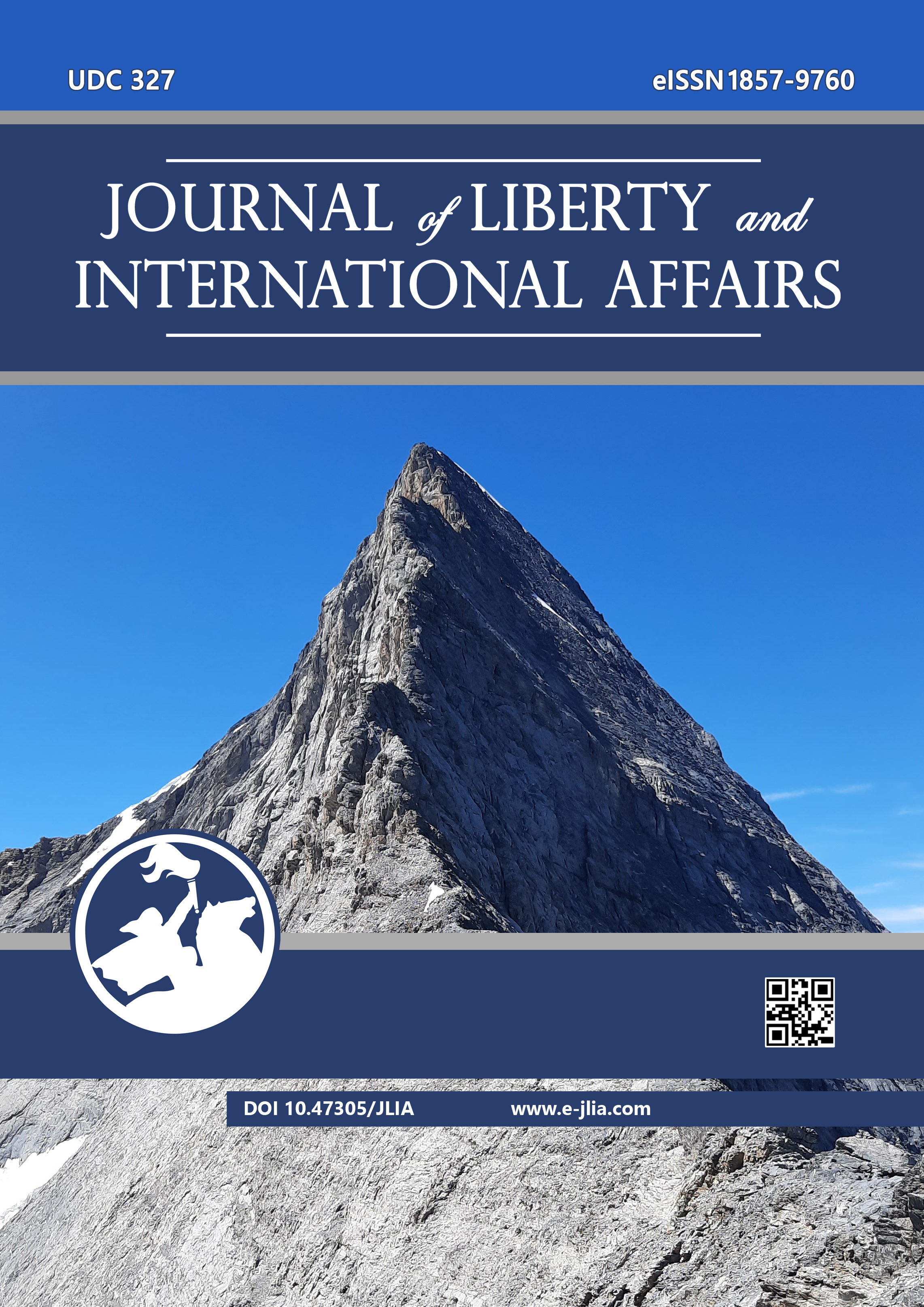
This paper examines the role of civil defense in Serbia’s crisis management system, focusing on its contribution to prevention, preparation, response, and recovery phases. The study addresses the insufficient integration of civil defense at the national level and identifies its key functions and opportunities for improvement. Using literature analysis, legal frameworks, good practices, and expert surveys, the research highlights the need for a clear normative definition of civil defense's role within the system. It emphasizes the practical establishment and development of the system for effective crisis response. The conclusion underlines the importance of a proactive approach and strengthening community resilience by fully integrating civil defense into Serbia’s crisis management framework.
More...